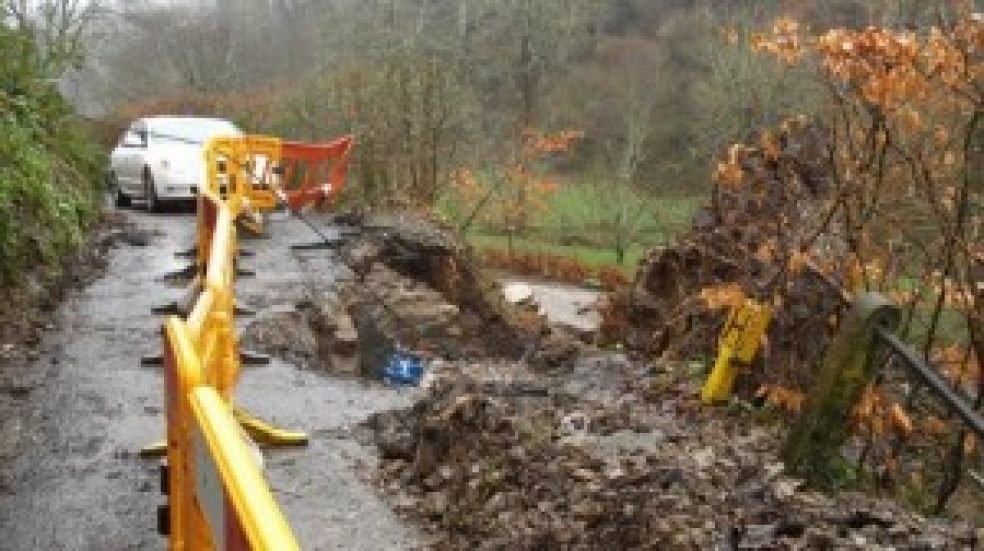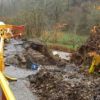
BBC documentary to show storms aftermath
A feature length programme focusing on the aftermath of the devastating winter weather is due to air on BBC one tonight
A few months ago,the worst storms in living memory severely battered the South West shoreline, causing millions of pounds’ worth of damage, not only to coastal defences, but also to homes, businesses, roads and railways.
The Storms That Shook The South West (BBC One, South West, 7.30pm, Friday 11 April) looks at the aftermath left by the wettest winter on record.
With analysis from Plymouth University experts the programme questions whether people living and working on the coast should rebuild or retreat from their precipitous homes and business.
Academics Claire Earlie and Paul Russell use cutting edge equipment to evaluate what exactly is happening where sea collides with the land.
Their research uses three different measurements to gain a deep understanding of the adverse effects of the weather: cliff erosion, beach erosion and the mechanism of how cliffs erode – how much cliffs actually shake when hit by massive waves.
‘With this laser we take scans of the cliffs and can really accurately measure how much [of it] is going,’ says Earlie.
And, because Earlie and Russell started their research before the recent storms hit the coastline, they can see the direct effects the weather has had on our shorelines.
They found that a staggering 2-3 metres of coastline were lost in just three months compared with a typical 20cm of erosion per year. The research shows that Loe Bar, near Porthleven, pummelled by waves averaging eight metres on 4th February 2014, was the worst hit along the South West coast.
The programme also talks to local residents, who describe how badly their lives and livelihoods have been affected. Bob Job has seen nothing like the recent events in the 33 years he’s been running the UK’s ‘only bar on a beach’ in Perranporth. The February storms left his beach bar dangling on a cliff edge as the sand on the beach was swept out to sea. It still hasn’t returned.
Nicki Barry, who runs a beach café at Seaton in South Cornwall, had to evacuate when the sea surged right through her building. In contrast to Bob in Perranporth where the sand has gone, Nicki found the sea had dumped 6ft of sand on top of her café, and six weeks later she is still digging her way out by hand.
Bruised but not defeated, Nicki’s currently employing all her staff to help her rebuild the café. Nicki says of the scene that greeted her the morning after the storm: “It was complete and utter devastation. It just looked like a war zone. The only thing I can liken it to is what I’ve seen on television after a tsunami. That’s what it felt like.”
The Storms That Shook The South West also examines the reasons why some areas are abandoned to the elements, while others get multi-million pound investment to protect them against severe weather.













